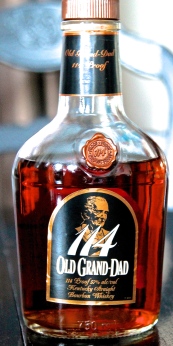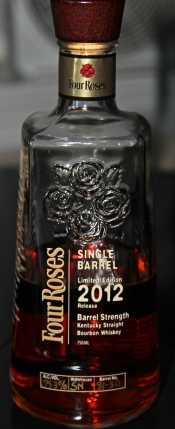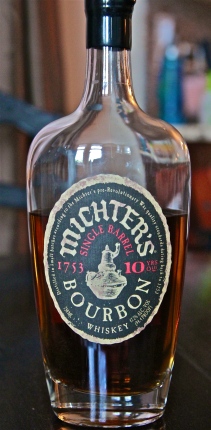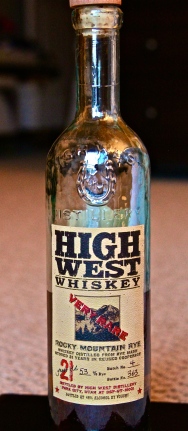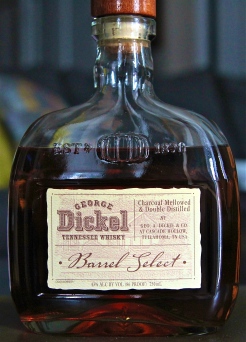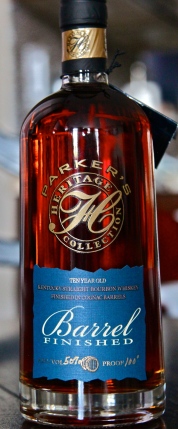I’ve always liked the phrase, “Money talks and bullshit walks.” I am unsure of its origin, but I know I heard it in a movie when I was a kid, and it made an impression upon me. It’s a line said with confidence. You’re telling the person to make a choice: Do you mean what you’re saying, or are you just full of shit? Either back up your chattering with a monetary commitment or get out of my face. Blah blah blah blah blah, let your money speak for you or take your bullshit with you as you walk out the door.
Money will always talk; everyone needs money. Most of us spend at least 8 hours a day in an environment structured to generate money. Consumers with money have access to products that those without money don’t have access to; there’s no avoiding this.
They say that money is power. They also say that knowledge is power. Does this mean that money is knowledge? Money may afford opportunities to gain knowledge; if you have enough money to buy a lot of whiskey, for example, you may be in a position to taste a lot of whiskey and thus gain knowledge from your experience.
So, are knowledge and money equal?
Up until quite recently, knowledge was the most valuable thing to have if you wanted to drink good whiskey. Bourbon was unpopular and cheap, and if you knew what was good, you could buy delicious whiskey often years older than stated, and on a shoestring budget. This was largely a result of interest in American whiskey dropping off the face of the Earth starting in the 60s-70s to create what is referred to as ‘the whiskey glut.’ Distillers laid down barrels of whiskey in a healthy market only to find that when the barrels came of age years later, the market had dried up. Many producers resorted to packaging whiskey in fancy lead-glazed ceramic decanters that, unfortunately, decades later have leached their heavy metal into the whiskey inside. The van Winkles had to sell their prized Stitzel-Weller distillery in 1972, and eventually, twenty-years later, the distillery was closed. Once-prestigious labels were sold to companies that continued to fill bottles labeled the same, but which held whiskey distilled at different locations and often to a lesser standard.
In a recent resurgence of interest in American whiskey, bourbon has been covered by more and more media following the trend (some 50,000 views of this article), and high profile personalities like celebrity chefs David Chang, Sean Brock and Anthony Bourdain – whose words reach far beyond the scope of traditional whiskey consumers – have preached a gospel that have turned many, many heads towards bourbon. As all fads go, increased interest attracts increased interest. It’s only a matter of time before Good Morning America does a bit on how Pappy bourbon is the ‘it’ item for your special man on Father’s Day. Not that I would complain if someone that loves me ponied up the half-a-G it costs to get your hands on a bottle of Pappy on the secondary market these days.
Enter the Earl of Wine Spectating, Robert Parker. In a missive sent to his 50,000+ followers and published on the K&L Spirits Journal blog, Mr. Parker announces that his “inspection/conquest of bourbon” has resulted in him being “blown away by the quality of the top bourbons,” a list he is only too eager to unfurl, complete with personal tasting notes and ‘facts’ full of bullshit.
Tim Read of Scotch and Ice Cream did a fabulous job of lambasting Mr. Parker’s nil-informed foray into bourbon territory, and I’m happy to let the exposure of these sycophantic morsels of zero-to-half truths rest confidently in Mr. Reads’ hands. Mr. Parker’s exercise suggests that money and bullshit need not be separated by talking and walking. The fear among bourbon enthusiasts is that he will use his not-unearned power in the spirits industry to direct the “dumb money,” as Mr. Read puts it, of his audience towards a laundry list of bourbons worthy in his opinion of spending money on. There are not many combinations that are cause for more agitation than money paired with bullshit.
Will the monied wine aficionados said to hang on Mr. Parker’s every word walk directly to their nearest whiskey monger and demand that perfect 100-point bourbon, Pappy van Winkle 23-year old, immediately? Will they walk away from bourbon entirely when they are unable to find the coveted 95+ point whiskeys Mr. Parker declares? Will the monied, armed only with the quarter-knowledge of a wine professional evidently unstudied in his new subject matter, track down all the bourbons on the list that break whatever threshold the keepers of Parker’s 100-point system deem appropriate for their bar before they tire of owning multiple bottles of bourbon that do not taste like wine?
Whiskey enthusiasts, many of whom have spent countless passionate hours researching the history of their favorite spirit, and plenty of hard-earned money learning the bourbon profile from the bottom shelf up, are unsurprisingly miffed at the hubris Mr. Parker and other half-assed but high profile, self espoused bourbon experts display in sending their even less informed followers out for some of the very same bottles that have been enjoyed for years by those who bothered to do their own research. The numbers of informed whiskey consumers with discerning taste are on the rise, as are bourbon prices, and the thought of whiskey shelves being cleared by people who don’t know how to appreciate the whiskey we hold dear is troubling.
I have no doubt that money will do its talking. Whiskey is produced and sold by business and industry, and nobody is in any position to let money walk away. But us enthusiasts are not in it for the money. We know bullshit when we see it, and as much as we don’t like it while it lingers, eventually bullshit fades out or walks away. There isn’t really anything we can do to prevent money from talking, but I am confident that the bullshit will leave. It will walk away eventually. Bullshit always does.

